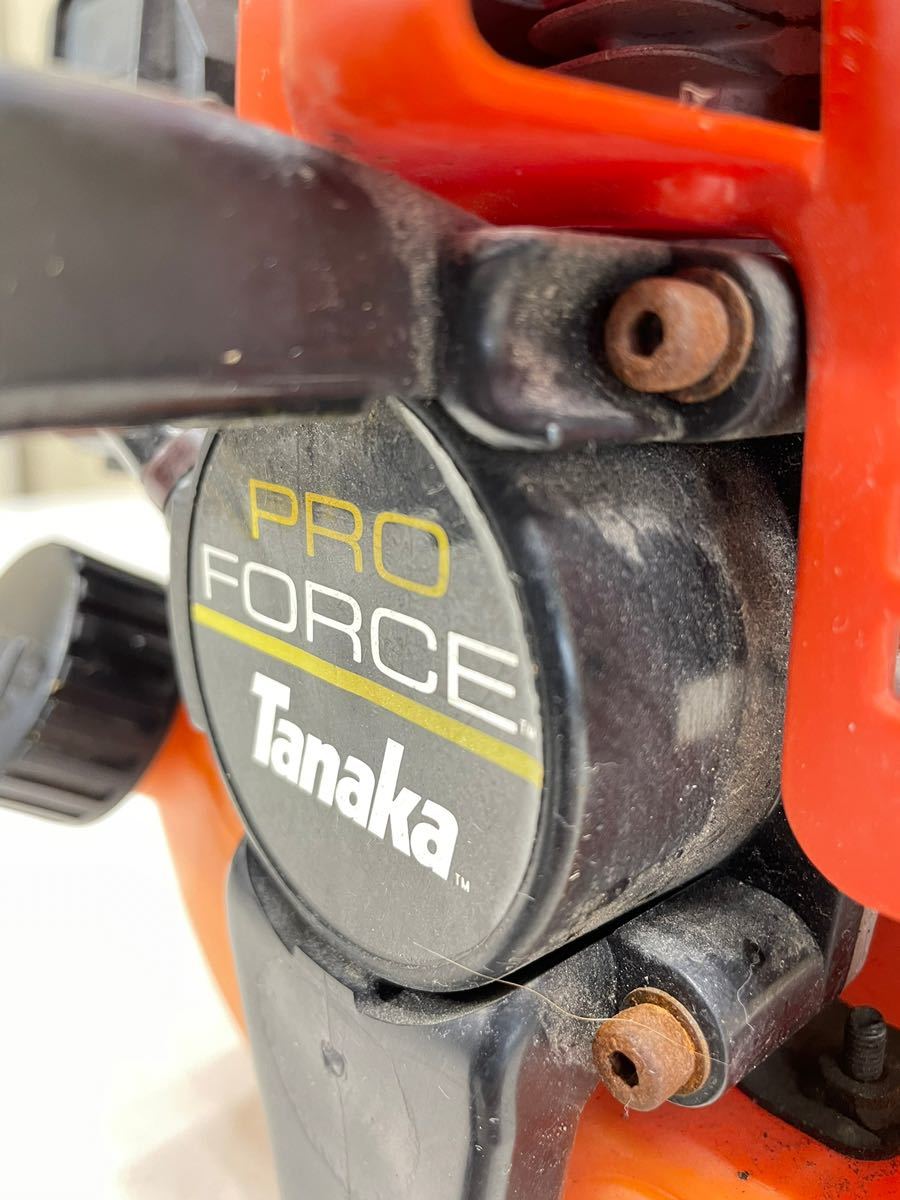

Check for enrollment and Jamf version on local Mac. Jamf help gets you more commands for your use. Policy calls a 2nd action by executing a command under files and processes. Choose a method for renewing the push certificate: If the server hosting Jamf Pro has an. I think that's different than having a policy call another policy withĢ.

This policy trigger is already being run: root 13965 0.0 0.1 4321604 16028 ? Ss 1:29PM 0:00.05 /usr/local/jamf/bin/jamf policy -randomDelaySeconds 300Īnd I believe from experience only one policy an execute at any given time.

JAMF PRO FORCE CHECK IN MAC
There's no log created, so I wonder if its something related to the fact that jamf policy can't run when another policy is already executing similar to this Mac mini:~ admin$ /usr/local/bin/jamf policy It works fine when I run it as a local script, but when that script is executed by policy through self service, nothing happens. I tested by creating a dummy policy that does nothing other than just executing a policy. While Device Enrollment does not allow all the supervised settings and configurations of Automated Device Enrollment, it does allow for a larger set of security restrictions and configurations that IT can apply to a device.So I wonder if you need to reach out to your Jamf Buddy to get clarification if this is an expected action or not. Once the user enrolls their device with the Jamf management platform, IT administrators can manage different aspects of the device, including the ability to restrict certain device features and the ability to erase the device.
JAMF PRO FORCE CHECK IN INSTALL
When an end user enrolls the iOS device, the device will download a profile that the end user will need to manually install via the device's Settings. To run policies that are set to 'Recurring Check-in' in the JSS, run 'sudo jamf policy' from terminal. That way you can be sure the machine you are working on has up to date information in the JSS. This will do an inventory scan and send it to the JSS immediately. Device enrollment requires enrollment through either a URL or application agent on the device. To ensure inventory is up to date in the JSS, run 'sudo jamf recon' from terminal. IT can use this method in both user-owned and corporate-owned models. Device Enrollmentĭevice Enrollment may be the most common method of enrollment. This zero-touch enrollment allows IT to streamline device deployment to end users and departments regardless of their location. A great example of a useful function of Automated Device Enrollment is the ability to drop-ship a device directly to an end user, have the end-user power the device on, and have the device automatically enroll itself in management once it connects to Wi-Fi. They can also lock a device into management so an end user cannot unenroll or take personal control. When IT admins use this method, they can automatically enroll iOS, iPadOS, macOS and tvOS devices into their organization's Jamf MDM. Supervision is only available on devices enrolled in an organization's Apple Business Manager, which also requires Apple or an approved reseller to enroll company devices into a customer's ABM. Supervision gives organizations the highest privileges on a device, such as hiding system apps and customizing the home screen layout and additional configurations such as silent application updates and web filtering. This enrollment method is tied to corporate-owned models and uses Apple Business Manager (ABM) to link devices to an organization's MDM - in this case, Jamf's offering - and supervise devices.


 0 kommentar(er)
0 kommentar(er)
